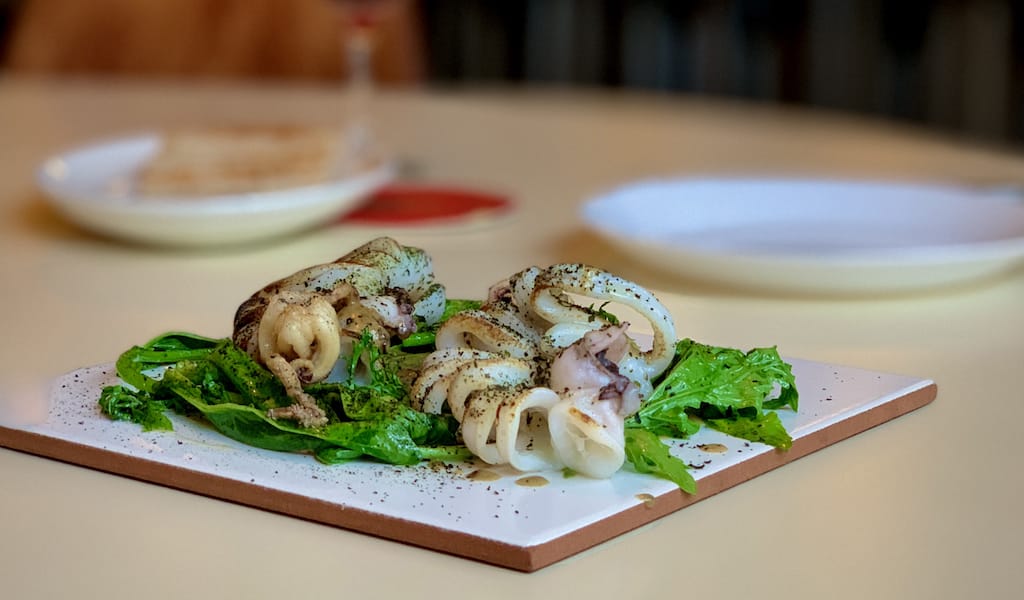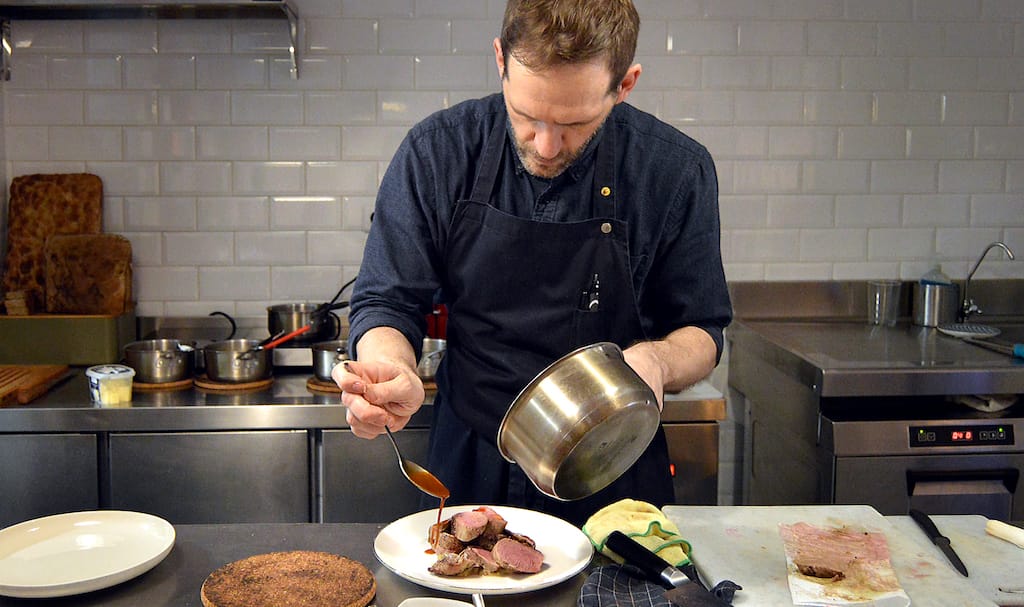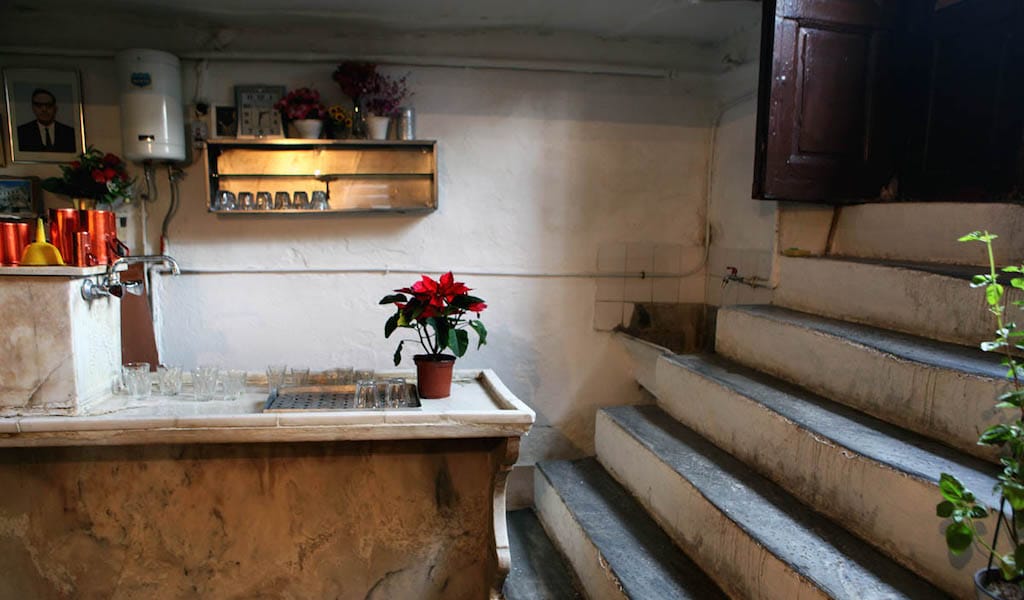After a year like the one we are about to leave behind, the feeling of a good bite has a double meaning and a double feeling: it combines a great dish with the happy return of sitting down for a restaurant meal. It was a year of lockdowns, restrictions and uncertainty but, somehow, we also managed to scrounge up resilience, recovery and renewal. While some favorites shuttered for good, other neighborhood icons, like Bodega Salvat in Sants, were able to reconnect with their past and move forward.
From our dinner table in Barcelona to the first post-lockdown Culinary Backstreets trip on the opposite coast of Spain, here are our greatest gastronomic moments this past year.
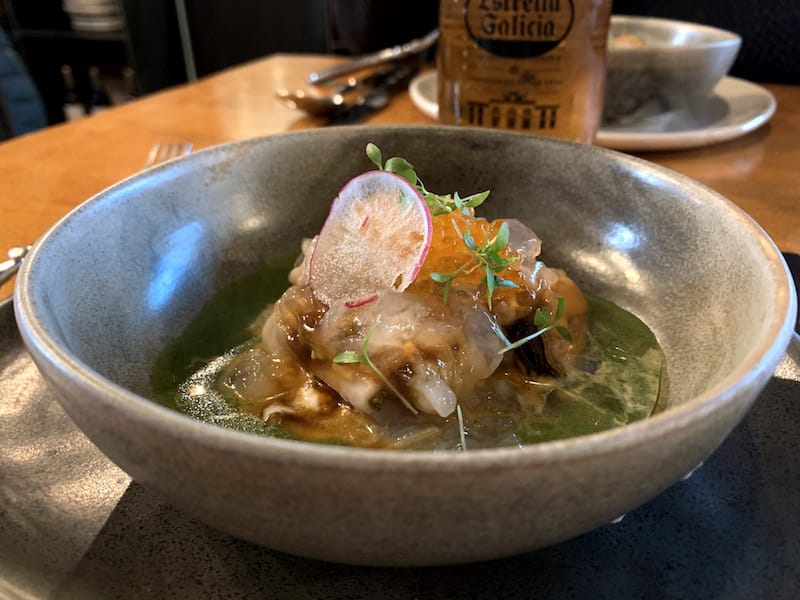
Taberna Noroeste
One of the best restaurants to have come out of the pandemic, Taberna Noroeste is a culinary project with a growing number of both delicious seasonal dishes and fans vying for a table. Chefs Javier San Vicente and David López, who offer creative takes on the cuisine of their native lands in the north and west of Spain – that is, the Castilla Leon and Galicia communities – pilot the restaurant from the open kitchen control room. This modern “taberna” is a long and narrow space with a counter, tables sans tablecloths, a casual atmosphere and a short menu of impressive platillos, small plates perfect for configuring a personalized tasting menu. Of course, the hidden gems are the seasonal specials, which come and go without a word.
Some of these include the empanada (a typical Galician dish), made of calçots and romesco, which are classic Catalan ingredients. There is the hearty surf-and-turf combo (mar i muntanya, a Catalan staple) of stingray, pig ear and cecina (typical to Salamanca), all in a delicious stew of chickpeas – perfect for cooler winter days. Another powerful tapa is their celebrated crispy croquette of cocido (a stew, very similar to the Portuguese cozido), which features a creamy and intense interior balanced by the addition of pickles served on top.
But one of our favorites this past year, a dish that swims to the surface of our memory when we talk about Taberna Noroeste, is the seafood salad: a small bowl of razor clams, mussels and the venerated percebes, or goose barnacles, a distinctive symbol of the Iberian Atlantic coast. These fruits of the sea were accentuated by radish, parsley vinaigrette and a spoonful of stracciatella cheese. With each bite, we could see cows grazing on fresh grass along the coast, the force of the ocean roaring all around us– a common landscape in A Coruña, Javier’s hometown. In one of the best bites of the year, we experienced a whole journey to Spain’s Northwest Atlantic.
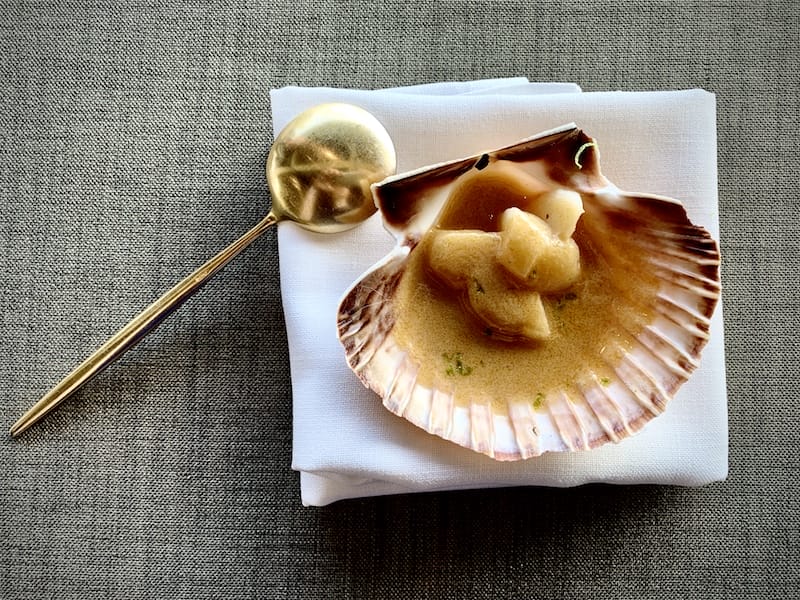
Pepe Vieira
An actual journey to Galicia came a bit later, in October. On one of our Culinary Backstreets trips, we visited the Galician coast for five days of Atlantic feasting on traditional cuisine and beautiful sunsets at the ancient end of the European world. It was a full-hearted experience to reencounter the artisans, friends and landscapes that we had been dearly missing for a year and a half. One memorable moment in particular was our lunch at Pepe Vieira, a restaurant bringing innovation, elegance and meaning back to the Galician culinary tradition.
As should befit any Michelin starred restaurant (though it’s not always the case), having one meal at Pepe is like reading through the diverse and remarkable books that make up an addictive series. Starters of smoked horse mackerel were served on dried, open fish mouths – perhaps mimicking our own jaws with each presentation. The queen scallops (vieira in Galician) – which, gave the chef his reputation and are a symbol of Galicia itself – arrived in their own shells with a fermented vegetable soup and a cream made from the oldest strain of Galician millet, called millo miúdo. We dined on lobster in lemon zest cream; scampi in an Albariño wine emulsion; an exuberant salad of organic vegetables, seeds and flowers from their garden; and a beautiful dessert of fermented goat milk with honey and pollen.
Since ancient times, one particular stretch of the Galician coast has been a site where pilgrims would watch the sun set each night and make its way to the underworld, believing this edge of Europe to be a gateway to the beyond. Perhaps that is why Pepe calls their cuisine “a última cociña do mundo.” In Galician, that means “the last cuisine in the world.”
Fonda Pepa
The culinary scene was hit hard everywhere last year, leaving some folks at the bottom and others paddling at the surface, still breathing but only just afloat. In the Gràcia neighborhood, one painful change was the closing of Can Robert, a local institution. Fortunately, in it’s place came Fonda Pepa, which seems like it might become a new local classic. Catalan Pedro Baño and Mexican Paco Benítez are the two chefs here; both decided to leave their jobs in other kitchens to start their own project. As Paco told us, “Sometime before, we were already discussing it, and the pandemic just accelerated the decision.”
They handle the pans and knives in the open kitchen at the end of a long counter. Tables of a simple design dot the front room and a lovely patio at the back fills up quick. The atmosphere is homey dishes and the plates simple, and the result is a surprising and rich reinterpretation of traditional Catalan cuisine with Mexican touches. They have a taste for old-school dishes with a modern twist on their short menu, which is complemented by the mouthwatering seasonal offerings. All of this is perfectly framed within the current culinary tendency of the city toward “fancy food, not fancy spaces.”
The pandemic invariably created the most unexpected of opportunities: numerous restaurant closures that led to empty spaces and lower rents. With the storm, some beneficial rain had also arrived.
“We cook what we like to eat and what we know how to cook,” Pedro says. Their patatas bravas with a hint of chipotle in the sauce set the stage. The flagship dish is their rich cap i pota (cow’s head and leg) with octopus, served in a compact and gelatinous terrine with splashes of aioli. It’s bathed in a delicious and aromatic bouillabaisse poured over the dish by the chef. Our favorites, however were a couple of seasonal off-menu specials, like the creamy and delectable fish meatballs with foie gras, lobster cream, trout roe and cilantro. After that came the unique lamb cheeks (a hard-to-find ingredient) served over a parmentier (soft and creamy mashed potatoes) and crowned with celery and watercress.
With food like this, it’s not surprising that in a short time Fonda Pepa has already developed a loyal crowd of regulars. Count me among them.
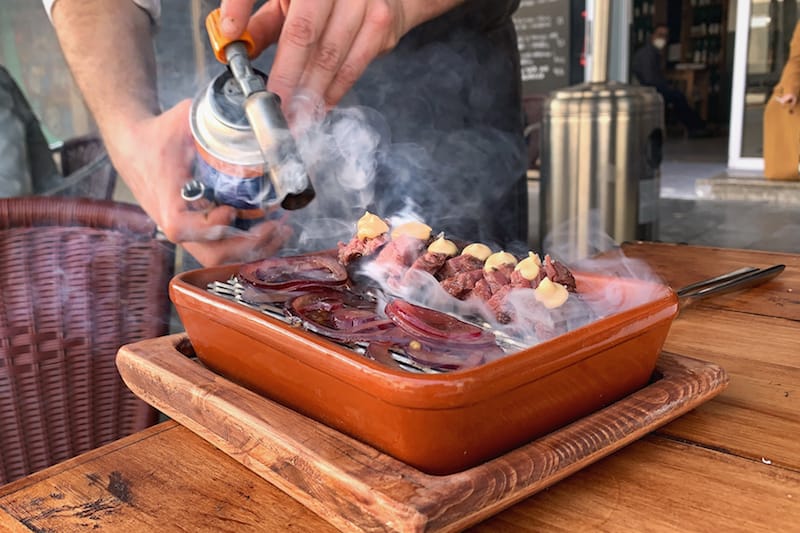
Contracorrent Bar
Another decision accelerated by the pandemic was the opening of Contracorrent (meaning “against the flow”), very close to Estació del Nord and the Arc de Triomf. Chef Nicola Drago and sommelier Anna Pla had long-wished to start their own project. But, much like a seed planted in dry ground, the idea was not able to take root and grow until the pandemic invariably created the most unexpected of opportunities: numerous restaurant closures that led to empty spaces and lower rents. With the storm, some beneficial rain had also arrived.
A beautiful culinary seedling has flourished since then, bearing fruit in the form of creative Mediterranean cuisine made from organic or locally-grown products, often from their own city gardens – as well as a stellar selection of natural wines.
We enjoyed the ventresca (tuna belly) salad with fennel and citrus fruits, as well as the small and delicate green “taco” made of marinated chopped beef and pickled vegetables wrapped in a nasturtium leaf. We also can’t not forget the beef and pickled onions, served on an aromatic bed of thyme and rosemary. Served on a ceramic dish that doubled as a grill, Nicola used a chef’s blow torch at our tableside to create the smoke and heat needed to cook the meat slightly, and give it a mountain of flavor.
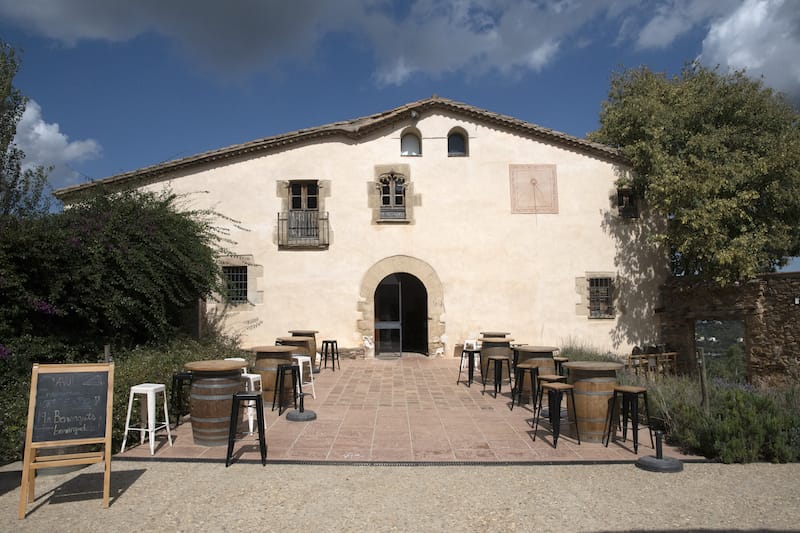
The Rural Connection: Pinullet and Can Calopa
Another of the positive consequences of the pandemic in Barcelona, besides the arrival of fresh opportunities for new personal projects, was the ability to reconnect with nature and the rural life found at the city’s outskirts. Two developments in particular reflected this. The first was the discovery by Barcelona locals of Can Calopa – a functioning farmhouse in the middle of the city’s Collserola Natural Park, in which many started hiking during the pandemic – and its surrounding vineyards, olive groves and vegetable garden. The second was the opening of Pinullet, a cheese workshop right in the city, where locals can buy cheese often made same-day and in-house from organic, local milk.
The idea behind both projects is to bring the rural life – the smell of fresh milk, the buzz of bees at work, the stains of pressed olive – to the city, and create a more lasting interaction between both worlds. As Maria Dolors Llonch, director of Can Calopa (which bottles the only wine made within Barcelona’s city limits), explained to us a few months ago: “The pandemic made people give more value to their contact with nature and to the closest natural park to the city, one that many people didn’t really know before.” One the best “sips” of the year, Can Calopa’s wine is a full-bodied and tasteful Grenache and Syrah blend called Vinyes de Barcelona. We reveled in it just before the harvest under the roof of Can Calopa’s terrace, as we gazed at the surrounding vineyards, lush with grapes.
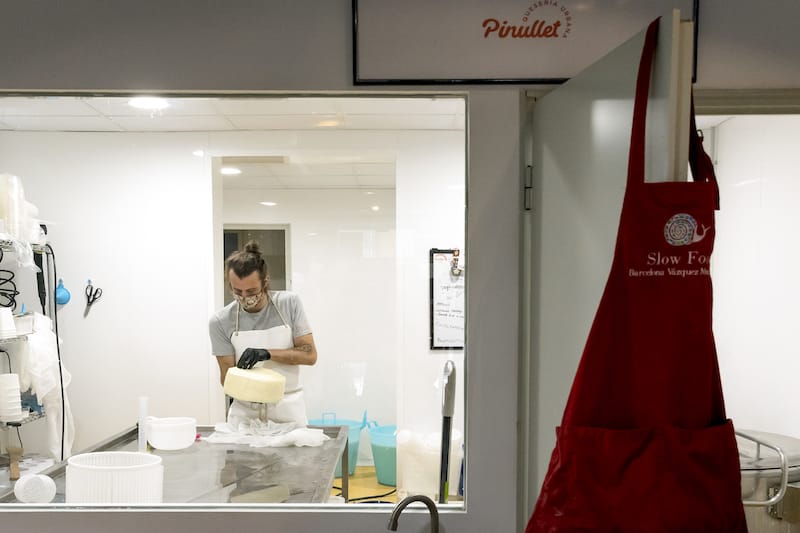
Of course, any good city wine must be accompanied by a good city cheese, which is where Italian veterinarian Francesco Cerutti’s Pinullet comes in. This urban cheesemonger’s project works with milk that comes from the Can Roger organic farm, located in Cardedeu village on the Barcelona side of the Montseny mountains. With raw milk, Francesco produces “El Blanc,” a Camembert-style cheese that’s like a soft paste with a florid rind and smooth intensity. The “Cachau” is a Brie-style that is a bit more fatty. “Lechería” is his Tomme-style cheese that is aged between one and three months. We also love his young and fresh stracchino “Straquet,” a creamy cheese with a savory personality and a subtle acid point similar to yogurt. Made daily, it is a personal best of Francesco, and it is perfect on pizzas and toasts, you name it.
These two projects helped many Barcelonans evolve from mere pixapins (“people who piss on pine trees,” as Catalan countryfolk used to derogatorily call city dwellers) to more conscious members of a sustainable society. Let’s hope this is something that outlasts the difficult period we are passing through.
 May 20, 2022 Pulpería A Gudiña
May 20, 2022 Pulpería A Gudiña
Pulpo (octopus) is more than just a staple food in Galicia (the autonomous community in […] Posted in Barcelona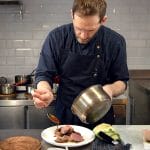 February 14, 2022 Olivos Comida y Vinos
February 14, 2022 Olivos Comida y Vinos
Olivos Comida y Vinos is like an independent movie playing at a small cinema on a quiet […] Posted in Barcelona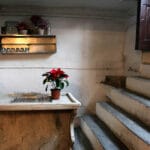 December 24, 2021 Best Bites 2021
December 24, 2021 Best Bites 2021
The last two years have been different in many ways. The pandemic kept restaurants, bars […] Posted in Athens
Published on December 23, 2021
Related stories
May 20, 2022
BarcelonaPulpo (octopus) is more than just a staple food in Galicia (the autonomous community in northwest Spain); it is an icon, a national symbol venerated by Galicians as well as Spaniards across the country. In Galicia, this cephalopod is consumed at traditional village fairs, and is sold on weekends at street stalls. These stands are…
February 14, 2022
BarcelonaOlivos Comida y Vinos is like an independent movie playing at a small cinema on a quiet street in Sants, a neighborhood just outside of Barcelona’s center. It leaves you with the impression of having had an unexpected, intimate connection with something personal and precious. They don’t have customers – they have fans. Decorated with…
December 24, 2021
AthensThe last two years have been different in many ways. The pandemic kept restaurants, bars and cafes closed for a long period of time, depriving people of every kind of social activity. Many of us went back to cooking elaborate meals at home, and those of us who didn’t ordered food from the growing list…







































